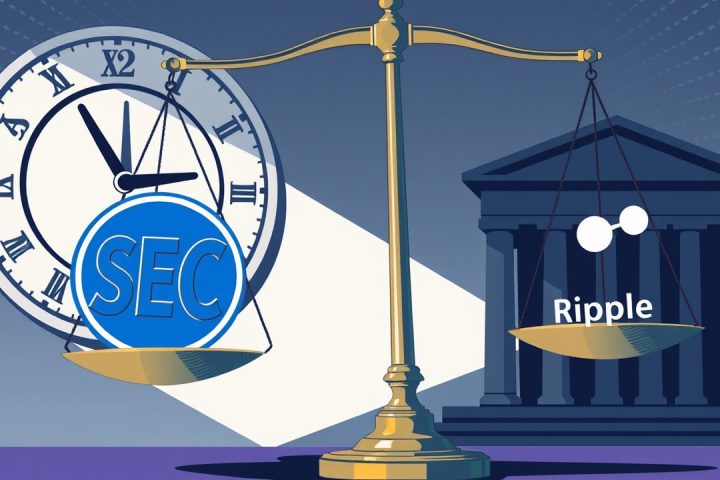Introduction to the Digital Ruble
As Russia progresses towards the introduction of its digital ruble, not all members of the banking community are on board with the initiative. This skepticism is particularly pronounced among influential figures in the country’s financial sector, raising essential questions about the necessity and efficacy of a central bank digital currency (CBDC).
Voices of Skepticism
Among those voicing doubts is German Gref, the head of Sberbank, which is the largest state-controlled bank in Russia. During discussions at the Bank of Russia’s annual Financial Congress, Gref expressed his belief that the current digital payment capabilities within the country sufficiently meet consumer needs, implying that the digital ruble would not substantially transform the economic landscape.
“Our finances are already fully digital,” Gref remarked, noting that cashless transactions already cover what a digital ruble could provide. He argued there are no new services offered by the digital ruble that couldn’t be accomplished using the existing ruble framework.
Sberbank’s significance in the Russian economy cannot be overstated, as it serves approximately 69% of the populace with over 100 million clients, making Gref’s comments particularly notable. Despite Sberbank’s potential key role in rolling out the digital ruble, Gref’s skepticism highlights a divide within Russia’s financial circles.
Support from the Central Bank
In contrast, the Bank of Russia is firmly backing the digital ruble initiative, believing it will eventually lead to improved financial transactions that are not only faster and more secure but also more transparent. While these improvements could purportedly benefit the state government and enhance financial oversight, the practical advantages for everyday citizens remain questionable given the robustness of the existing payment infrastructure.
Implementation Plans
The central bank currently aims to implement widescale adoption of the digital ruble by September 1, 2026, with plans for it to become a standard feature of the financial ecosystem over the next five to seven years. To encourage its uptake, the Bank of Russia has proposed eliminating transfer fees between individuals, though businesses will still incur lower costs compared to traditional payment services.
For instance, sending money from individuals to enterprises will incur a maximum fee of 1,500 rubles (approximately $19) or 0.3% of the transaction value, while utility bill payments are capped at just 10 rubles or 0.2%.
Incentives and Future Outlook
Encouragingly, the central bank is also incentivizing banks and entities involved in the digital ruble’s operation, providing them with regulated commissions for facilitating transactions. This shift is meant to enhance efficiency in government payments and public fund tracking, and potentially introduce innovative financial technologies like smart contracts.
Despite the Bank of Russia’s optimistic outlook, skepticism remains, particularly from Gref, who has not seen sufficient reasons to endorse the digital ruble’s transformative potential. The pilot phase for the digital ruble has been in motion since August 2023, indicating that progress is being made slowly but surely.
Conclusion
Some speculate that its true significance will become clearer as Russia navigates an increasingly fragmented international payment landscape, seeking alternatives to evade sanctions and enhance trade with selected partners. While the digital ruble may not directly impact the daily lives of most Russians, it could serve as a strategic asset for the government. Regardless of prevailing doubts from prominent figures like Gref, the Bank of Russia seems resolute in its commitment to pursue the digital ruble, demonstrating a robust vision for the future of the nation’s financial landscape.




